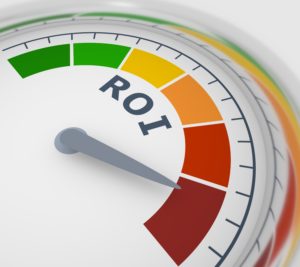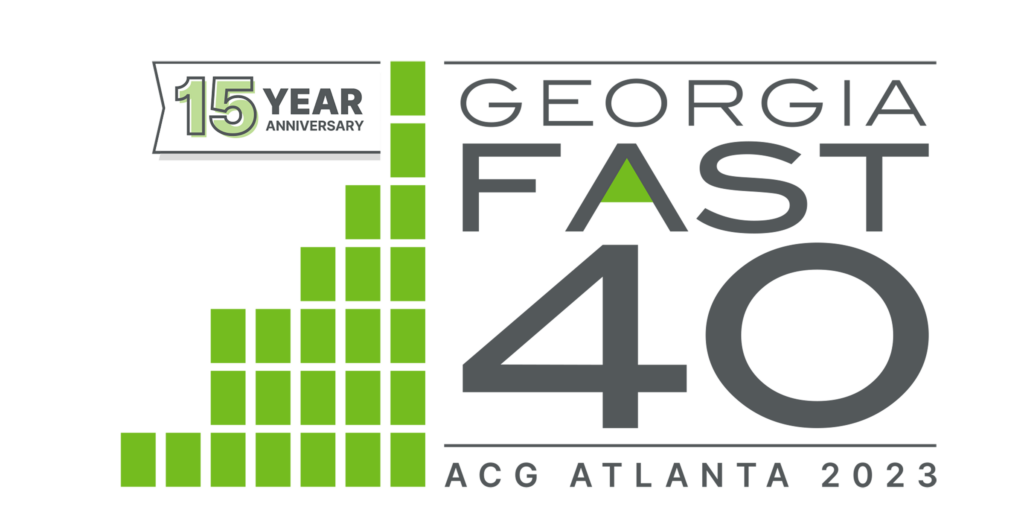When you hear about price risk, it’s referring to the very real possibility of cost fluctuation and value increase. The high price of fuel really drives home the concept of planning and locking in prices in order to avoid the potential of higher future costs. Price fluctuations are an economic reality, which means it’s essential to understand the importance of budgeting.
Budget Planning
In any economy, prices spike and drop back down regularly. All types of commodities see these fluctuations, making it extremely challenging to keep finances on track without proper price risk management and budgeting.
Including a budget in your price risk management plan can help you determine what you need to prioritize and where to most effectively use your money. Your budget will make you aware of areas that need more focus and will enable you to distribute funds adequately for success.
You can also track your budget to understand how its working and if you need to make any changes. This will help to make you aware of potential upcoming risks so that you can adjust your budget and focus as needed.
Properly planning a budget and ensuring that you’re prepared for rising prices is essential. The best way to do that is through intentional forecasting and preparation.
Preparing Your Budget
To prepare for the creation of your budget, you will want to analyze a few areas, including your specific industry, regulations, the complexity of your risks, and the impact of your potential risks.
Being able to identify the needs you have in your industry and the regulations that you must meet is an important step in budgetary planning. Your industry specifics and business goals are a huge part of where you need to focus your funds, so keeping them at the forefront of your mind as you plan is essential.
Along with industry specifics, the ability to mitigate risks and interpret results is another budgetary foundation. You need to have awareness of what could come up and how things could change in order to plan accordingly. Forecasting is a huge part of risk mitigation. Looking ahead to see how the economy could change and where you could need the most funding is important.
By seeing how things are now and looking ahead to what could be, you will able to plan a budget that gets you through a variety of challenges and changes.
Fuel Price Planning
In an economic situation where fuel prices can drastically change in either direction, it’s important to create a plan that balances fluctuations out. To do this, you’ll need to assess your fuel price risk for when prices are high and when they are low.
Consider the risks you’ll face if you place a bid when prices are low, only to have them skyrocket. Rising fuel prices could drastically change your profit and could even cause you to lose money. A potential solution to avoid this risk would be to lock in fuel prices and raise your fees. However, in the chance that fuel prices fall, you could end up paying more.
When you use forecasting to look at fuel prices, you will be able to fit them into your budget in the most effective way.
Mode of Fueling
Another consideration when determining your budget and price risk management is the specific mode of fueling. Understanding the type of fuel you need for your various locations is essential.
Budgeting for fuel management requires knowing the types of fuel each location needs and planning adequately. Financial issues arise when a business budget for a specific type of fuel and doesn’t consider the unique needs of the various locations. If your budget for a certain fuel but end up needing something altogether different, your costs could increase.
Take everything into consideration as you craft your budget with risk management in mind, including the types of fuel you will need.
Fuel Surcharge
Many businesses handle fluctuations in fuel prices and their budget by charging customers a fuel surcharge. With a couple of different ways to do this, adding a fuel surcharge is often a great way to deal with increased fuel costs.
Some businesses choose to raise their overall fees to include the surcharge while others add the surcharge as a line item. By including a fuel surcharge, you are able to remove fuel price risks from your business as your customers take care of them.
Understanding Your Price Risk
If you’re not careful and prepared, price risk can cause a number of issues for your business. If your budget doesn’t include elements of fluctuation and market changes, you’re setting yourself up for a loss of profit based on the whims of the economy.
This is especially true when a portion of your business deals in fuel, due to its ever-changing price. Without making a plan for dealing with and making up for rising fuel costs, many businesses find themselves struggling based on the yo-yoing of fuel.
In order to effectively handle price risks, it’s important to create a budget that considers potential fuel fluctuations. Many businesses find that locking in fuel prices can help to manage the sometimes drastic change in price by keeping fuel costs at the agreed-upon amount. Fuel can be locked at a set time or a set price, depending on the specific budgetary needs of the company.
The best way to lock in fuel prices is to craft a plan for a specific time period and differentials. This will help your business budget properly no matter how fuel costs change, ensuring that you are set for the ever-evolving market.








